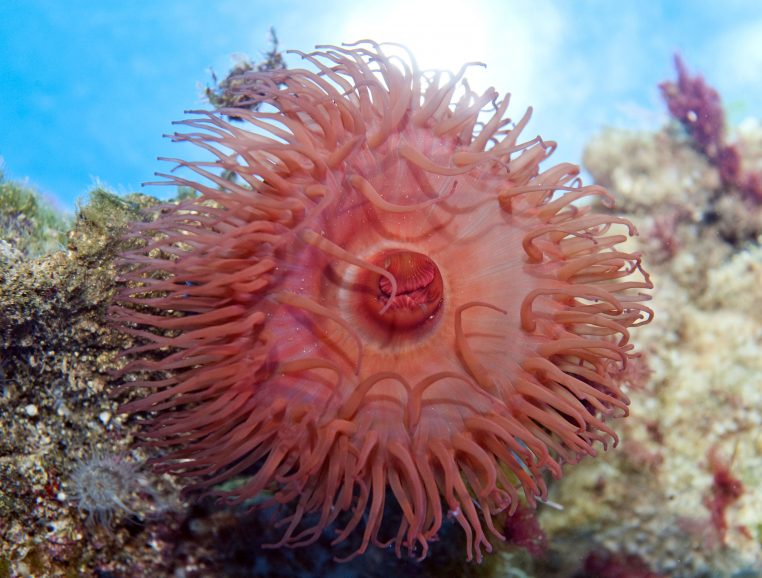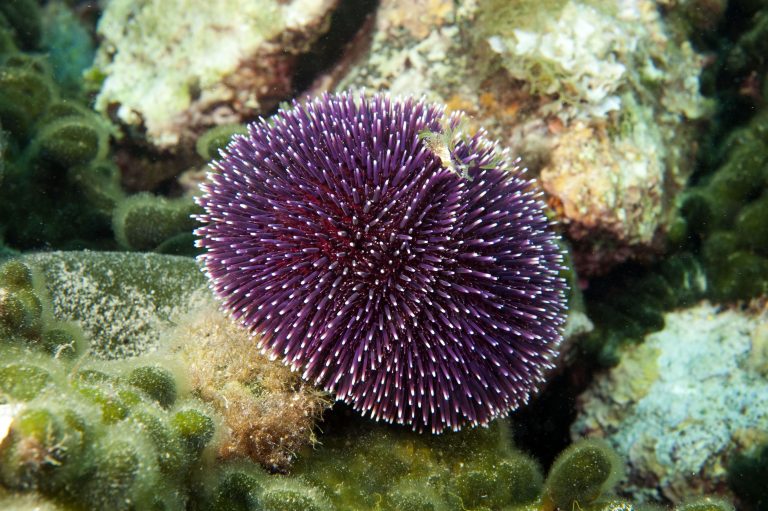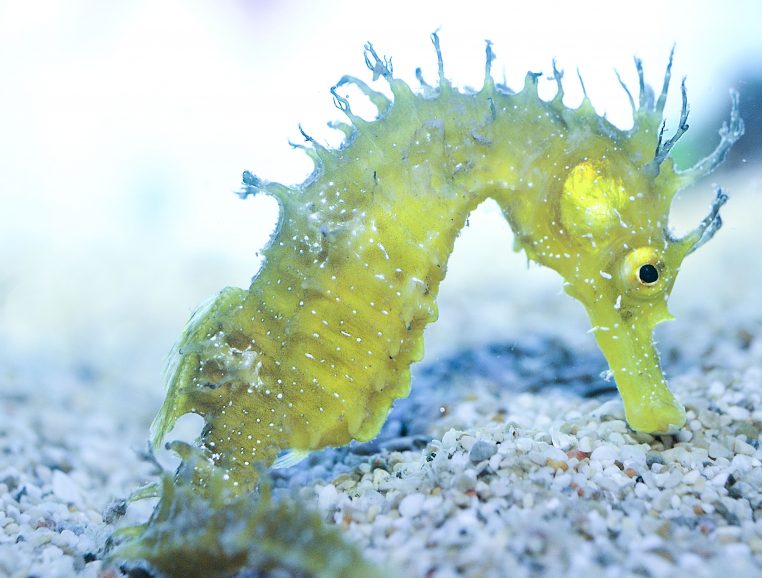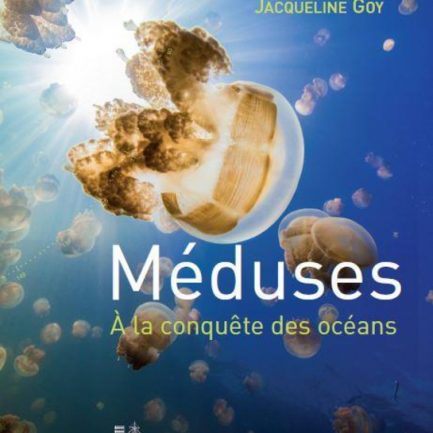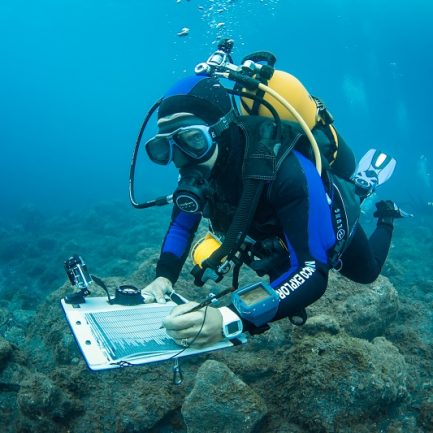Getting involved yourself
- Home
- Actualités
- 4 – Models for science
Breakthroughs in physiology, medicine and chemistry
The ocean offers valuable models for fundamental research and many studies have led to decisive advances in physiology, medicine and chemistry. No less than thirteen Nobel Prizes in medicine or chemistry have been awarded for work based on aquatic organisms: fish, cnidarians such as the jellyfish Aequorea victoria or the siphonophore Physalia physalis, molluscs (bivalves, cephalopods, sea slugs), crustaceans (crabs), echinoderms (sea urchins, starfish), even protozoa…
It was through his work on the intestines of anemones or on a starfish that Ilya Ilyich Mechnikov discovered phagocytes and phagocytosis (the process by which a cell engulfs and then digests a foreign substance) in 1883. He shared the 1908 Nobel Prize in Physiology and Medicine with Paul Ehrlich and has since been considered the father of cellular immunity.
By measuring the changes in electrical charges and the way nerve impulses are exchanged between cells in a very large nerve fibre of a John CarewEccles, Alan Lloyd Hodgkin and Andrew Fielding Huxley were pioneers in the study of nerve impulse transmission and were jointly awarded the 1963 Nobel Prize in Physiology or Medicine.
AND THE SOURCE OF MANY NOBEL PRIZES
The sea urchin served as a model for Otto von Warburg’s discovery of anti-polyspermia calcium waves (only one sperm per oocyte). For Eric Kandel and his work on the molecular basis of memory, it was a sea slug.
While studying the cell cycle of sea urchin eggs, Sir Tim Hunt discovered cyclins and demonstrated that these proteins, which break down during the different phases of the cell cycle, play a crucial role in its regulation, not only in echinoderms, but also in vertebrates. This research later had important implications for the study of key molecules involved in cancer development (cyclin and kinase) and earned Timothy Hunt, Leland Hartwell and Paul M. Nurse the 2001 Nobel Prize in Physiology and Medicine.
The 2008 Nobel Prize in Chemistry was awarded to Osamu Shimomura, Martin Chalfie and Roger Tsien for the discovery of electroluminescent organs in the jellyfish Aequorea victoria of a green fluorescent protein (GFP) that glows intensely under ultraviolet light. This protein truly revolutionized the life sciences by making it possible to track, among other things, how cancerous tumors form new blood vessels, how Alzheimer’s disease kills brain neurons, and how HIV-infected cells produce new viruses.
This protein, synthesized since 1994, is used in medical research. Scientists are now able to modify the gene that controls GFP production to give different stainings that allow us to study proteins in their natural environment and understand certain processes to improve our knowledge of the complex network that is the human brain.
Aequorein, another protein extracted from the jellyfish Aequorea victoria, is used to measure calcium in muscle tissue at the level of nerve endings.







